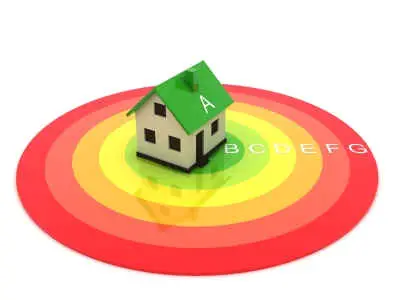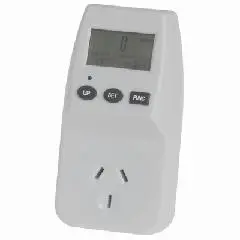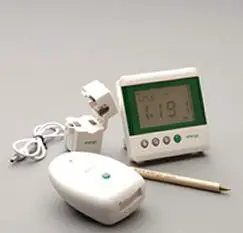- 60 Technologies reviewed
- 54 Best practices that can be applied for free
- 147 Reference links for further information
- Examples of efficiency savings from a few cents to $100,000's per year
- Commonly asked questions answered
- Solutions including what to do
- 31 tables included to help you calculate your energy savings
- Full table of contents with section links and cross referencing to related topics

Save Electricity
Save Money
Save Water
Reduce Carbon Footprint
Generate Electricity
Even make money
Preface
The concept behind this document is that it be used to source ideas on how to become energy efficient in the home and in your business. In this easy to use e-Book, you can access each chapter and section from the Table of Contents. Once in a section, follow the section reference links for more information. Additionally cross references for each section have been included. Follow the sections reference links for more information. Topics are in sections:
- Home Energy Efficiency
- Business Energy Efficiency
- Information Technology Performance Efficiency
- Alternative Energy Sources
- Efficient Transport Technology
- Energy Efficient Future Technologies
eBook Introduction
By being electrically efficient you will reduce the amount of power you use; reduce the need for electrically operated cooling or heating; and of course save money.
With the cost of electricity likely to rise due to increasing resource costs, carbon trading and alternative energy requirements there is no time like the present to start saving. If enough people start saving electricity then new infrastructure costs in transmission distribution and extra power stations can be avoided. If national electricity consumption went down instead of up, this could lead to turning off the worst polluting power stations sooner.
An auxiliary benefit of being electrically efficient is reduced CO2 emissions and water consumption at conventional coal and gas thermal power stations which is an added bonus for the environment.
You should consider first becoming electrically efficient and then look at alternative energy sources as it is cheaper to implement electrical efficiencies. Audit what you have, measure your consumption and then work out a strategy. Start with the free best practices and then work out which others will give you a good return on your investment.
Measurement
To confirm how well any energy efficiency activity works you will first need to measure before and after the change. This can be at a single power point or for the whole building. Simple power meters for a single power point can be purchased for less that $30. They indicate real time power use and power consumption over a period of time. This is displayed in Watts or dollars. They can be used to measure one device or a related group of devices connected on a powerboard. A new building power use monitoring system will cost around $100 for 1 phase and $150 for 3 phases. An electrician is needed to fit the sensor and it will take about 15 minutes. With a wireless link to an indoor display unit, it will display Watts, dollars, CO2 and will update every 6 seconds. It can also show the day's total consumption, a week's total consumption and a monthly total. This type of monitoring is useful for measuring what your total standby loads are. An interesting exercise is to see what your house or building uses while you are away. Your large hard wired devices use such as hot water heaters, ovens and air conditioners are also shown. Each change in electrical use is shown within 6 seconds which is great feedback. Learn what each electrical device uses in operation and while idle and then plan your efficiency strategy. For finer separate measurements for particular power circuits then use an individual power meters connected to the circuit of interest in the power distribution box.
A free guide to power consumption for a building is your power bill. From it you can determine your daily power consumption. If you have off peaks tariff then your off peak daily consumption is also shown or calculated. Look for seasonal trends that indicate your heating or cooling consumption. If you have off peak tariff for hot water then your water heating costs can be determined. Note that if you implement energy efficiency measures it may take 1 to 3 months for the results to show up on a power bill.
Before purchasing any electrical device try to find out what its operating power consumption is and its standby power consumption. Consumer organisation or magazine reviews can useful in this regard. If the device is in the Energy Star program, this can be useful for comparison. As a last resort, with permission, measure power consumption in the shop with your own power meter. The equipment manuals will often show a maximum power figure which is usually higher than your nominal everyday power consumption.






